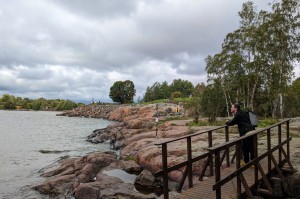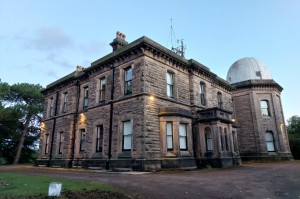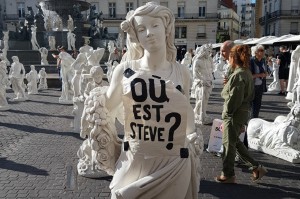Field Trip: Turku, Espoo And Helsinki, Finland
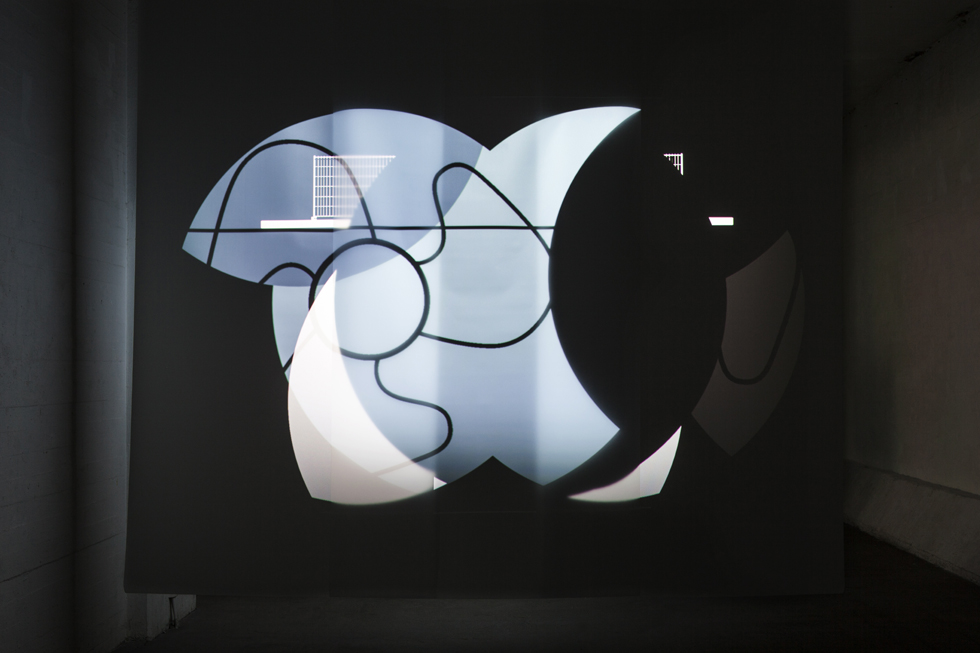
Not familiar with contemporary art from Finland? Well, we got a good introduction to it last year when an exhibition, New Narrative and Reader, curated by Laura Koonikka of the Finnish Art Agency, impressed critics and visitors alike at Bury Art Museum. Interested in seeing more, Bob Dickinson recently travelled to Finland for a whistle-stop tour of galleries and museums in a country where Spring was being put on hold…
First of all, the cold was breathtaking. Everyone was complaining about it – the so-called “second winter”– causing rivers, lakes, and even part of Helskinki’s harbour to freeze over. At least, I thought, the period of 24 hour darkness, between October and March, had past. But then, after a warm, two-hour train journey to the country’s former capital, Turku, I was welcomed at the station by artist Saara Ekstrom, and driven to the Waino Aaltonen Museum of Art, where Saara’s current exhibiton, Alchemy, brought back an awareness of what darkness brings.
Ekstrom’s films and photographs explore the mystery of change, from an immersive three-screen film showing the final days of a vintage Copenhagen aquarium, which makes you feel as if you’re under water, to Limbus, a series of photographs taken at night in Turku River Forest, showing assemblages made from flowers, fruit and hair and left for weeks on end to rot. Another installation, Inventory, reminds us that change happens even if we don’t want it, in this room filled with piles of broadsheet newspapers visitors can take away, each containing photographs of the New York house occupied between 1923 and 1947 by the reclusive Collyer brothers, Langley and Homer, where they hoarded 120 tons of rubbish, including newspapers, and which they booby-trapped, eventually killing Langley. One of the most fascinating pieces to stand in front of, though, is a film of a Helskini tailor making a man’s hand-cut suit, during which we hear as well as watch every snip and stitch. Projected over a pool of water reflecting it, the entire installation brings to life the intense concentration needed in the creation of a wearable 3-D object from 2-D material.
A taxi trip west from Helsinki is the city of Espoo’s Museum of Modern Art (EMMA), where Camilla Vuroenmaa’s new exhibition, The Sea Separates Us, is showing. In some ways, Vuroenmaa’s work harks back to Expressionism: she paints on wooden panels into which she has previously carved figurative images. When you see them for the first time they resemble printing blocks. But in their details and mood, pieces like Boltface or Focal Point are totally of today. Other new works, including Storm and The Net, emerged from a week she spent on an Icelandic fishing ship, but typically, Vuroenmaa was not interested in the sea or the weather, preferring to concentrate on people, who in this case were working very hard, in difficult conditions. Some images are painted directly on the wall of the gallery, including Night Shift; executed in fluorescent colours which can only be viewed inside a darkened space, where they glow out of the blackness hauntingly.
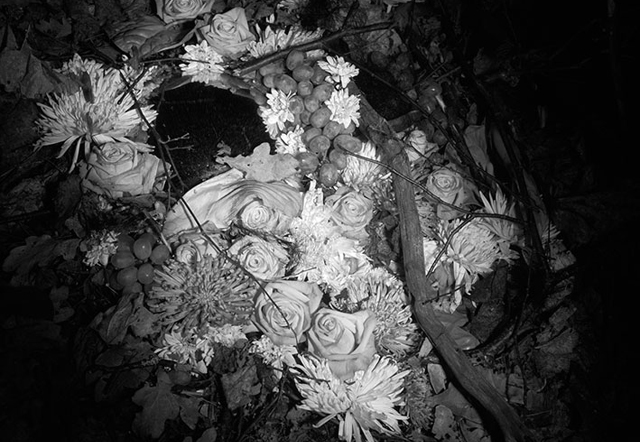
Facing Helsinki docks is Forum Box, an artist-run exhibition space based in a converted storage facility. The only available daylight comes through the glass doors: inside, it’s rather like a cave; a quality the artist Vesa-Pekka Rannikko has exploited to the full in his recent show, Foma. He explained to me how his new series of installations work, using a simple technique I have never encountered before: high up, he suspends a sheet of semi-transparent drafting film and projects filmed sequences on to it from both sides, creating an ever-changing animated hybrid. These images are mysterious and mystical, finding their origins in the artist’s travels to Spain, Turkey, and Lascaux, in southern France, where over 200 Paleolithic cave-paintings were discovered in 1940. The parallel between those ancient subterranean spaces and this gallery are evident, as well as Plato’s philosophical theory of forms, where our understanding of reality is compared to the experience of a prisoner in a cave who is only able to see shadows on the wall.
One installation, Pythagoras 4, includes sequences in which the artist himself performs physical movements (or “sacred dances”) devised by the early 20th century Russian-Armenian spiritual teacher, G.I. Gurdjieff. Another, Two Suns, evokes the “side-sun” phenomenon caused by the reflection of ice-crystals in the atmosphere. Meanwhile, on the gallery walls are examples of what Rannikko calls “cast sculptures”, cast directly on to the walls, using coloured plaster, which is free to drip down on to the floor, making them appear liquid but are solid to the extent that, at the show’s end, removal can only be achieved by breaking them.
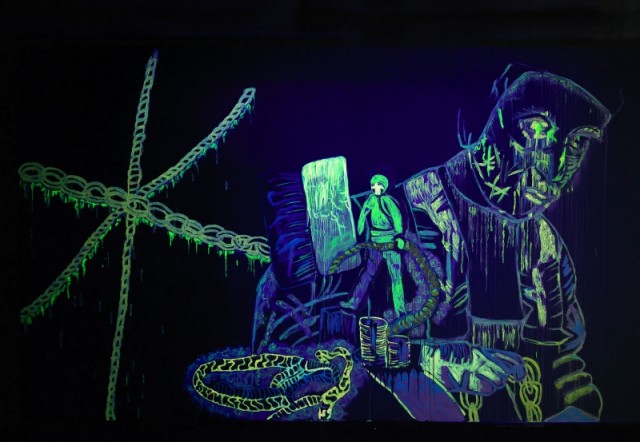
Helsinki Contemporary gallery has recently been the focus of controversy because of Pekka Jylha’s now-closed exhibition, We Have Inherited Hope – The Gift of Forgetting. Inspired by recent horrific events, including the Germanwings plane crash and the Charlie Hebdo attacks in Paris, it contains one piece, Until the Sea Shall Set Him Free, which is a sculpture (in a glass case) of the body of Syrian refugee Aylan Kurdi, based on the shocking photographs of the child’s drowned body taken last year by Nilufer Demir. In the context of a show that features a great many dead rabbits and bird feathers, the piece – no matter how sincerely meant – comes across as kitsch, and I didn’t want to linger too long.
Shortly before catching my flight home, however, I was able to find a place to calm down, lying horizontally inside a sculpture called Olotila, by Kirsi Kaulanen, at Helsinki Galleria Sculptor. Kaulanen assembles her works from hundreds of pre-cut pieces; in the case of Olotila, wooden. But the majority of her sculptures are made of glittering, jewel-like metal, with shapes evoking plant-life, endangered species of flowers, root systems and other organic life-forms. One powerful piece, Andromeda, resembling the galaxy, draws you towards it: a spiral form made of spindly, fern-like elements. Another, Lumen, seems to pour down like silver from the ceiling. Kaulanen’s work captures perfectly the delicacy and strength of nature this far north, in a country I hope to visit again; next time, I hope, when it’s summer.
Bob Dickinson
Thanks to the Finnish Art Agency for organising visits and meetings with artists. Read more about their 2015 exhibition, New Narrative and Reader, at Bury Art Museum, Bury (UK)
See Camilla Vuroenmaa’s exhibition, The Sea Separates Us, at Espoo Museum of Modern Art (EMMA) (Finland), until 17 April 2016
See Saara Ekstrom’s exhibiton, Alchemy, at the Waino Aaltonen Museum of Art, Helsinki (Finland), until 24 April 2016
Images, from top: Relais de Soleil d’Or, from Vesa-Pekka Rannikko’s exhibition Foma, at Forum Box, photo courtesy Anna Autio; Limbus, from Saara Ekstrom’s exhibiton, Alchemy, at Waino Aaltonen Museum of Art; Night Shift, from Camilla Vuroenmaa’s new exhibition, The Sea Separates Us, at Espoo Museum of Modern Art (EMMA)



